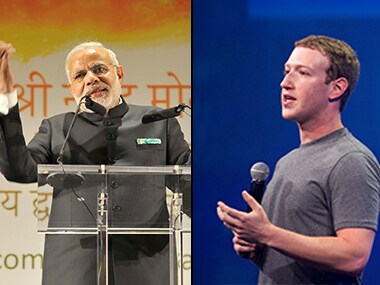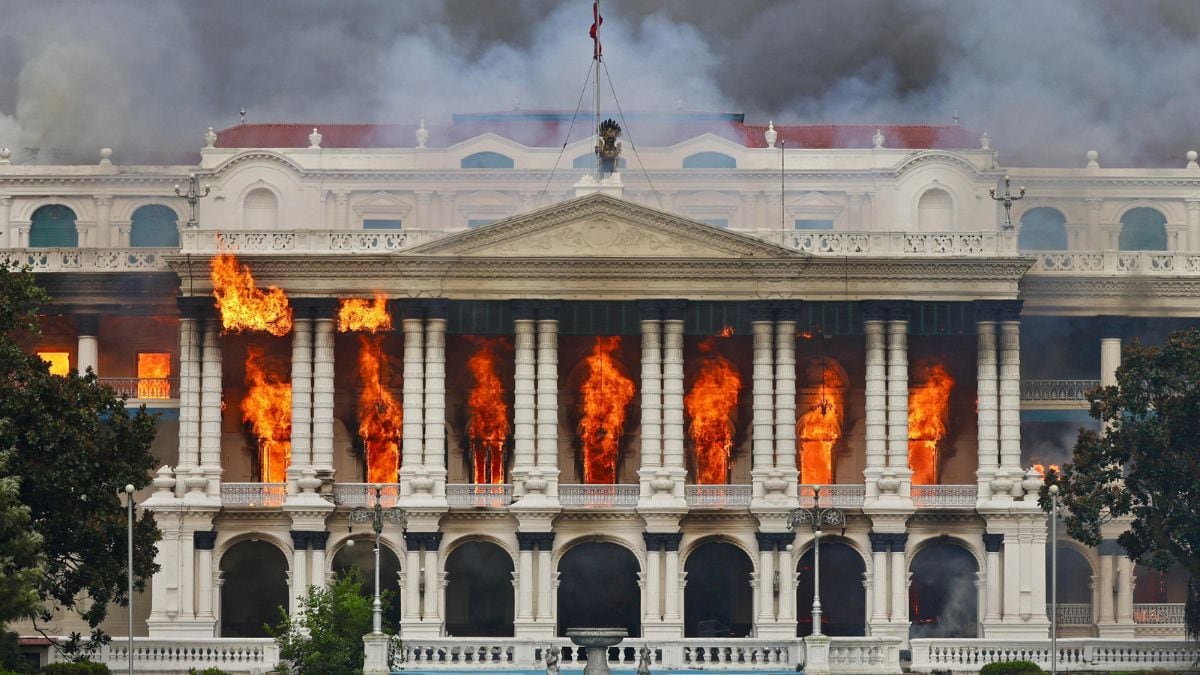by Nikhila Natarajan Are Narendra Modi and Mark Zuckerberg Facebook friends? Did you think of this too? Ditto here. So, Firstpost asked Facebook a straight question. [caption id=“attachment_2446828” align=“alignleft” width=“380”]  Narendra Modi and Mark Zuckerber in file photos.[/caption] “They follow each other’s pages on Facebook. Public figures have pages,” said a Facebook spokesperson. He did not say they are not friends, he did not say they are friends. Okay, whatever. Let’s come back to messing with this idea of two giant networks in social media. At last count, Zuckerberg’s Facebook page has more than 35 million followers. One of those is Modi. Modi has more than 30 million likes on his page. His page does not have a ‘follow’ button but it comes to the same thing. One of these 30 million is Zuckerberg. These numbers are the network structure or how it is shaped. What’s going on between the connections in the network - called network dynamics, is what gives any social network its zing and that’s one big reason why a Modi hooks up with a Zuckerberg or why you may want to connect with a certain someone. These two men are a convenient larger-than-life examples to understand the math behind how social networks operate and why it works so well after a certain threshold is breached. A disclaimer before we get on - the numbers have been simplified for Everyman, so the math is unscrambled for a reason. Some definitions first: Network = N. N is a collection of people like you and me who are called ‘vertices’ or ‘nodes.’ So, N = total number of vertices = your friend count on Facebook. Edges represent relationships or connections between those people in any network N. Visualise it this way: Imagine your own Facebook page. You are a vertex, so imagine one red dot for yourself. Now think of your best buddy also on Facebook. That person is another dot and since you are connected on the network N, imagine a line between your red dot and his dot. That line running between you and your best friend is an edge. So, to recap, there’s a network N made up of vertices which are people in the network and edges which are the connections between these vertices. If you got it so far, let’s jump in further. So, how does something go viral? Most often, it relates to a video or image or a piece of news. How about the more nuanced view? Let’s think social influence and public halo. Agreed, viral is a powerful word but it may interest some of our readers to know what were the original synonyms used for something going viral - diffusion, percolation, contagion. Really ! Watch this video if you want more. In it is a compelling metaphor of how a forest fire spreads. It’s used to explain how at certain mathematical values of the connections inside a network, viral spread is contained and once it crosses that threshold, the forest fire goes wild. Imagine the Modi and Mark townhall and the constellation of tech gems there. No way they’re going to leave their smartphones behind in the car. When they drive home that night, there would be new social connections which, in network language means ‘random edges’ would be added. Each of the networks that are joined this way have the potential to form giant networks. Simplistic, yes, but the idea is not to mess with too much math here. If this interests you, there’s a whole treasure of knowledge in the public domain on the subject. Dig as deep as you feel ready to. It’s a free brain massage. It’s called Networked Life, by Professor Micheal Kearns. You’ll have to sign up with your email to access the site first.
At last count, Zuckerberg’s Facebook page has more than 35 million followers. One of those is Modi. Modi has more than 30 million likes on his page. His page does not have a ‘follow’ button but it comes to the same thing. One of these 30 million is Zuckerberg.
Advertisement
End of Article
Written by FP Archives
see more


)

)
)
)
)
)
)
)
)



